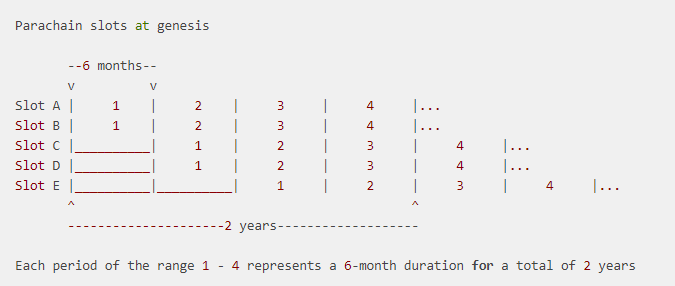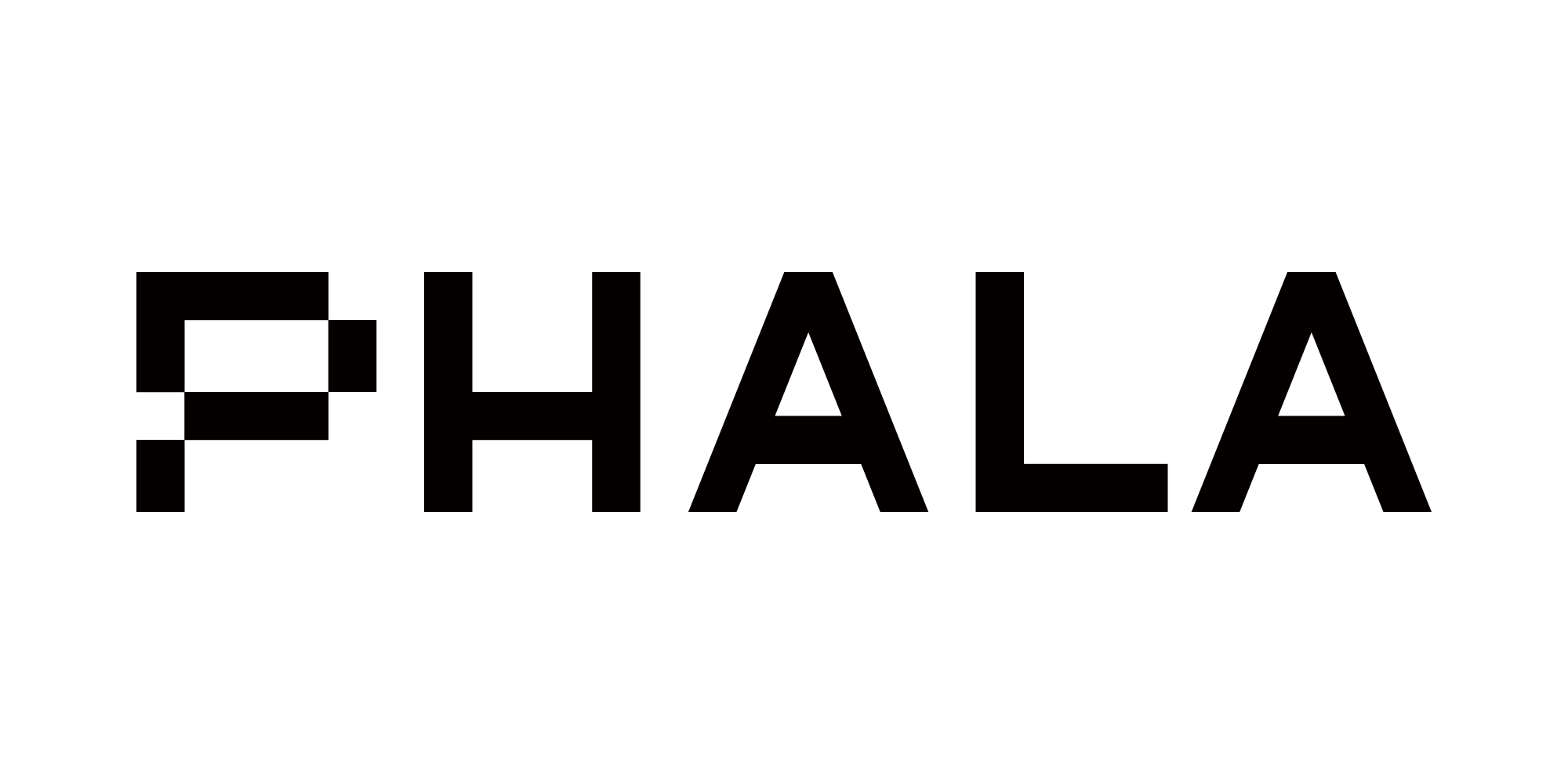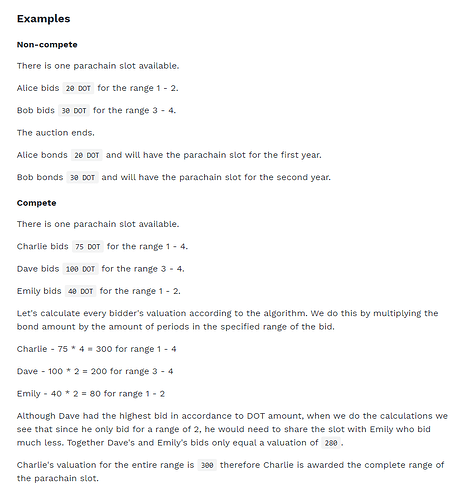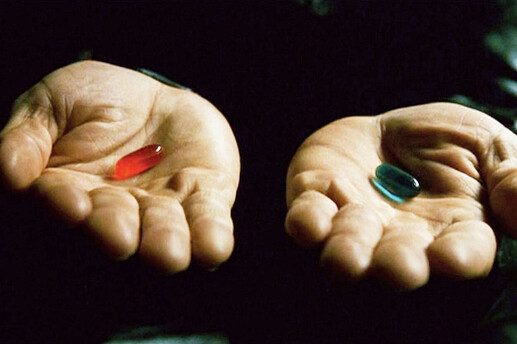To be a parachain of Kusama/Polkadot, Phala is planning to win a position in the first batch of parachain slots. Given all the information that is published by Polkadot official, Phala drafted an IPO PHA airdrop program. But some of the confusion that are too hard to decide only based on our understandings. Hereby we create the post, and hope you can leave your precious comments below to help Phala community to get it through. :)
Phala IPO (Initial Parachain Offerings) Strategy in General
For a parachain to be added to Polkadot it must inhabit one of the available parachain slots. A parachain slot is a scarce resource on Polkadot and only a limited amount will be available. As parachains ramp up there may only be a few slots that are unlocked every few months. The goal is to eventually have 100 parachain slots available on Polkadot (these will be split between parachains and the parathread pool). If a parachain wants to have guarenteed block inclusion at every Relay Chain block, it must acquire a parachain slot.
The parachain slots of Polkadot will be sold according to an unpermissioned Candle auction that has been slightly modified to be secure on a blockchain.-- Polkadot Wiki
- There will be 2 rounds of PHA IPO. First for Kusama slot, the second for Polkadot slot, which means Phala will first be a Kusama parachain for the first year before running as a Polkadot parachain.
- You will receive PHA return as the rewards of locking your DOT to help Phala to rent the slot from the airdrop prize pool especially allocated for IPO:
- Kusama IPO prize pool: 0.5%~1% of total supply
- Polkadot IPO prize pool: 3%~5% of total supply
Here are the core uncertain parts (detailed items will be exlained below), and we sincerely hope you can leave your comments below and share your suggestions:
- Should there be a setting of maximum amount of DOT supporting Phala slot?
- Should there be a release limit like linearly release or partial release for PHA receivers after the IPO ends?
- In what proportion should decentralized funds (say, normal holders) and centralized funds (say, from CEXs) join and cooperate?
Highlights of Polkadot Parachain Slots Auction
How the slot rent works
Each parachain slot has a maximum duration of 2 years. Each 6 month interval in the slot is divided into its own lease period. More than one continuous period is a range.
1 period = 6 months
1 range = 1~4 periods = 6 ~ 24 months

What kind of auction Polkadot applies
How candle auction is realized
A random number, which is based on the VRF used by Polkadot, is determined at each block. Additionally, each auction will have a threshold that starts at 0 and increases to 1. The random number produced by the VRF is examined next to the threshold to determine if that block is the end of the auction. Additionally, the VRF will pick a block from the last epoch to take the state of bids from (to mitigate some types of attacks from malicious validators).
The winner selection algorithm will pick bids that may be non-overlapping in order to maximize the amount of DOT held over the entire 2-year lease duration of the parachain slot. This means that the highest bidder for any given slot lease period might not always win (see the example below). – Polkadot Wiki
How to participate
…Bidders will submit a configuration of bids specifying the DOT amount they are willing to bond and for which ranges. The slot ranges may be any continuous range of the periods 1 - 4.
…The important concept to understand from this example is that bidders may submit different configurations at different prices (bond_amounts). However, only one of these bids would be eligible to win exclusive of the others. – Polkadot Wiki
And Phala community will update a tutorial of how to bid parachain slots THE MOMENT we get to know. Stay tuned. :)
How many slots there are
Number of slots available in the first round of auction: uncertain. But it will probably be a number under 10.
In A Word
- Both parachain-to-bes and users can bid for the slots. Users can choose which projects they suppport, how much and how long they want to lock their DOTs up for the slots.
- The earlier, the better (as the candle auction might be ended at any moment).
References:
- Introduction of IPO
- Part of Polkadot IPO module codes
- Marketcap of DOT - ranging from 3 billion dollars to 5 billion dollars
- Marketcap of KSM - ranging from 200 million dollars to 500 million dollars
- DOT/KSM Annualized rate of return: 10%-14%
The Unsettled Items
In this section, we list six parts of Phala IPO strategies which are not settled yet. It’s hard decisions, thus we post them out for public comments. Feel free to leave your comments and reasons below this post. :)
I. The maximum of participated DOTs
Option 1: Set
- each participant will share a certain amount of the prize pool for sure;
Option 2: Not set
- Phala might fail to be a parachain if there were another project which offered a bidding higher than the maximum.
II、Release Mechanics
Option 1: Set a release mechanics (which means you will have to wait for some time after IPO to claim your PHA)
- pros: a gentle release mechanism would be much more helpful to maintain the price fluctuation of PHA market;
- cons: projects without such design might be more popular and attracted more bidders.
Option 2: No such design
- pros: more bidders (larger possibility to win the slot)
- cons: not good for PHA price after IPO ends
III. Pre-settle or after-settle
As IPO airdrop rewards will be distributed right after the parachain auction ends, here comes a question that the PHA market might be dramatically influenced by the sudden release of such a huge amount of PHA. And here are two approaches:
Option 1: set the price of settling before the auction
- pros: one can learn about his PHA return before he locks his DOTs, which could be more inspiring and encouraing.
- cons: if the settling price were too low, Phala will have to pay an immense amount of PHA for the IPO. And that hurts community in the long run. Besides, the smaller the ratio “PHA/DOT” is, the less possibility that DOT holders believe the return of PHA can bring.
Option 2: set the price after the auction ends
- pros: with more elements under control, it would be helpful building a stronger community in the long run.
- cons: with uncertain return rate, it might attract less DOT holders.
IV. Distribution Mechanics
Option 1: No racing. Averagely distribute PHA according to the ratio of “your DOT/the total amount of DOT locked for Phala”.
Option 2: Set a race with an algorithm that the earlier you lock DOT for Phala, the more PHA you will receive.
V. What if Phala did not win the slot
Option 1: Distribute PHA rewards only after Phala won the slot
Option 2: Participants can still receive ?% of the total prize pool even if Phala didn’t win the prize pool.
- pros: more attractive and encouraging
- cons: quite costly if Phala failed for many times.
VI. Configuration of DOT-raising
Option 1: mainly from centralized supporters (say, CEX)
- pros: with more guarantee and stability to get the slot
- cons: centralization and opportunism
Option 2: mainly from decentralized suppoters (say, community holders)
- pros: decentralization and community cohesiveness
- cons: uncertainty of holders’ choices and the amount of DOTs that can be raised
That’s for all the intractable parts. If you have any idea or any plan or any suggestion, please leave your post below, and your words today might be a glorious stroke in Phala’s future. :)



